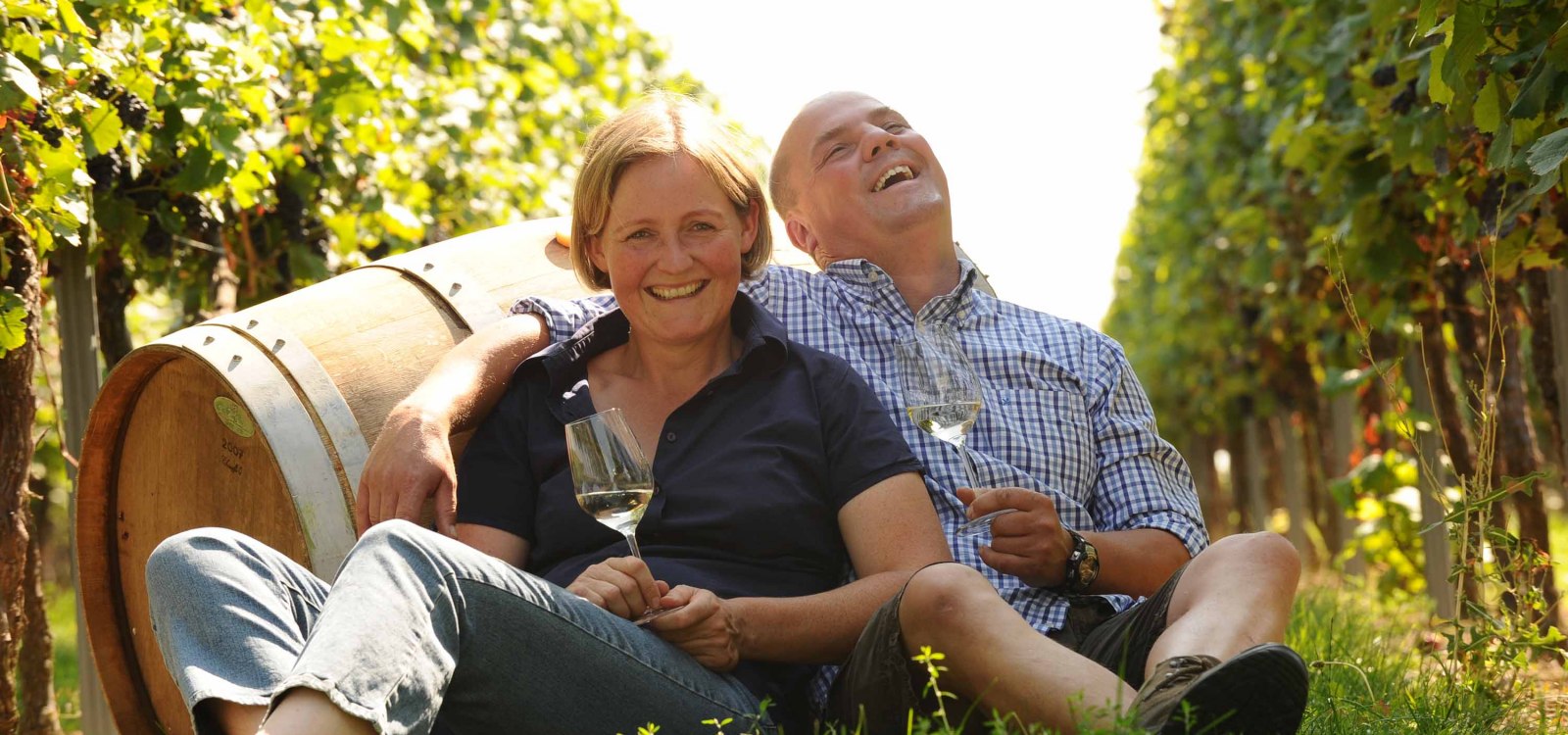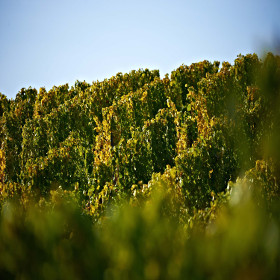Cistercian winery Michel
ANNO DOMINI In 1173 Hofgut Hessloch was founded as an administrative estate by the Cistercian monastery Otterberg. After the turmoil of the Reformation and the Peasant Wars, the Cistercian monks had to leave their monastery. Later, the estate was acquired by the ancestors of the Michel family. The relief "Fox and Goose", which adorns today's label, dates back to the time of the Cistercians in their time, the Michel family today also deals with the development of the wines: with a high strive for quality in order to get better and better - committed to the roots. And as you can discover during a visit, with a lot of fun and joy.
In the winery, only German is spoken.









